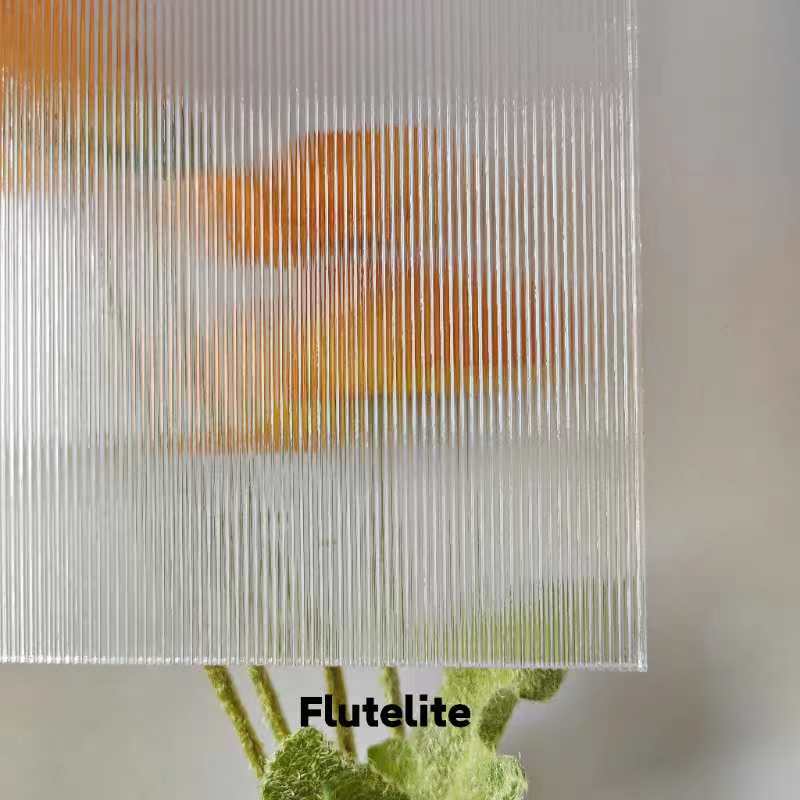

The Enigmatic Allure of Reflective Glass
Reflective glass has emerged as one of the most compelling materials in modern architecture and design, capturing the imagination of architects, designers, and everyday observers. With its shimmering surface, this material creates a dynamic interplay between light, space, and the surrounding environment. Its reflective properties not only serve functional purposes but also evoke a sense of artistry and aesthetic beauty, making it a topic worth exploring.
At first glance, reflective glass appears as a simple, unassuming material. However, upon closer inspection, one can appreciate its complexity and versatility. Unlike regular glass, reflective glass is coated with a thin layer of metallic oxide, which allows it to reflect light while still allowing some illumination to pass through. This unique combination of transparency and reflection enables buildings to maintain a balance between openness and privacy. For instance, during the day, reflective glass can mirror the sky and surrounding landscape, creating a seamless connection between the urban environment and nature. At night, buildings adorned with this glass become luminous structures, glowing against the backdrop of darkness and transforming the urban landscape.
The functional benefits of reflective glass extend beyond aesthetics. It plays a pivotal role in enhancing energy efficiency within buildings. By reflecting sunlight, this material reduces solar heat gain, which can significantly lower cooling costs in warm climates. Additionally, the use of reflective glass minimizes the need for artificial lighting during the day, as natural light is maximized, contributing to a more sustainable and eco-friendly architectural design. This sustainability aspect is of increasing importance in contemporary society, where there is a growing emphasis on reducing carbon footprints and promoting environmentally responsible practices.

Moreover, reflective glass has social implications that go beyond its physical properties. Skyscrapers and modern office buildings adorned with this material often symbolize progress and innovation. They serve as a testament to human ingenuity and the desire to push architectural boundaries. The reflective surfaces also encourage urban dialogue, as they interact with their surroundings, capturing and refracting the world around them. This interaction prompts passersby to engage with the building, fostering a deeper connection between individuals and their environment.
However, the use of reflective glass is not devoid of challenges. One of the most pressing concerns is the potential for glare, which can pose issues for both pedestrians and drivers. Proper design considerations must be taken into account to mitigate these effects, ensuring that the advantages of reflective glass do not come at the cost of safety or comfort. Additionally, while reflective glass can enhance privacy during the day, it can also create vulnerability at night when the interior lights are on, leading to concerns about the visibility of occupants.
In conclusion, reflective glass stands out as a multifaceted material that embodies both practicality and artistic expression. Its ability to reflect light and interact with its environment makes it a valuable asset in modern architecture, while its energy-efficient properties align with contemporary sustainability goals. As we continue to navigate the challenges of urban living, the presence and influence of reflective glass will likely grow, reflecting not only the physical world but also the social and environmental values we aspire to uphold. The interplay of light, reflections, and architectural design ensures that reflective glass remains an enduring topic of fascination, stimulating creativity and innovation for future generations.